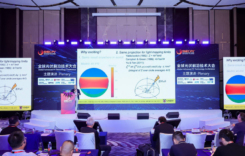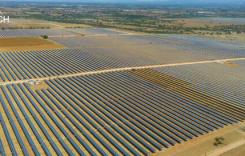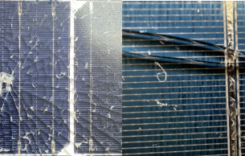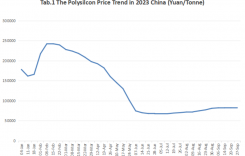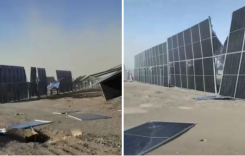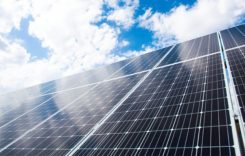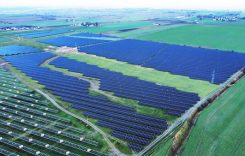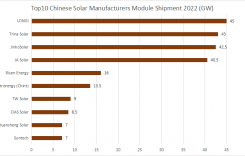PVTIME – The United States Trade Representative announced on Friday that the previously granted tariff exemption for bifacial solar panels will once again be withdrawn effective May 18 2020. The representatives of the USTR has determined that the bifacial solar panel exclusion to be “undermining the objectives of the safeguard measure”.
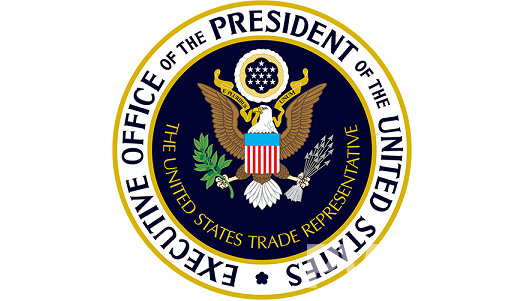
A timeline of the roller coaster ride bifacial panels has been riding on is as followed:
-On January 23, 2018, the President imposed a safeguard measure on imports of certain solar products pursuant to a Section 201 investigation.
-On February 14, 2018, the U.S. Trade Representative established procedures for interested persons to request product-specific exclusions from application of the safeguard measure and to comment on the submitted requests.
-On June 13, 2019, based on the requests and comments received, the U.S. Trade Representative granted certain requests including a request to exclude from the safeguard measure bifacial solar panels that consist only of bifacial solar cells.
-When bifacial panels were first granted exclusion from tariffs, companies with manufacturing operations in the US such as Hanwha Q CELLS and Suniva strongly opposed the exclusion, citing that the exemption helped internationally manufactured panels undercut domestically produced products.
-In October 2019, just before the administration withdrew the exemption for bifacial panels, Invenergy Renewables filed a legal challenge on grounds that the USTR hasn’t allowed for comment or notice prior to the withdrawal.
-In December 2019, the US Court of International Trade sided with Invenergy, allowing the exclusion to stand.
-On January 27, 2020, the U.S. Trade Representative reestablished procedures to consider whether to maintain, withdraw, or take some other action with respect to the exclusion of bifacial solar panels from the safeguard measure.
-On April 17, 2020, based on an evaluation of the comments received, and responses to those comments, and in consultation with the Secretaries of Commerce and Energy, the U.S. Trade Representative has determined that the bifacial solar panel exclusion is undermining the objectives of the safeguard measure. Accordingly, the U.S. Trade Representative will request that the U.S. Court of International Trade lift the order preliminarily enjoining the withdrawal from entering into effect.
The increase in both popularity and market share of bifacial panels are major contributing factors in the USTR’s newest decision. In a report issued by he US International Trade Commission (ITC) in response to a request from the USTR for advice regarding the potential modifications to the safeguard measure, which provided certain information with regard to the bifacial exclusion , the report read,“bifacial panels are projected to gain a large share of total demand in the coming years due to their power-generation advantages and relative cost-competitiveness with monofacial panels — particularly the price advantage that the bifacial exclusion conferred upon them.” The report went on to add, “Accordingly, the ITC found that the bifacial exclusion (a) likely will result in substantial increases in imports of bifacial panels, and (b) that these products likely will compete with domestically produced solar products in the U.S. market.”
In a statement following the USTR’s decision, John Smirnow, vice president of market strategy & general counsel for the Solar Energy Industries Association (SEIA) said,
“The U.S. solar industry is disappointed by USTR’s decision. The industry initially sought this exclusion because there is, and will be for the foreseeable future, an acute shortage of domestic panels used in utility-scale solar projects. Throughout this process, the solar industry has sought to find a middle ground solution that addressed this shortage in a way that did not undermine the objectives of the underlying Section 201 safeguard measure.
“It is unfortunate that USTR chose to pursue a course of action that will needlessly increase the financial burden on America’s energy consumers. We still hope to work with the administration to find constructive ways to grow the U.S. solar manufacturing base and take full advantage of the opportunities the solar industry offers to the American economy’s recovery.”



